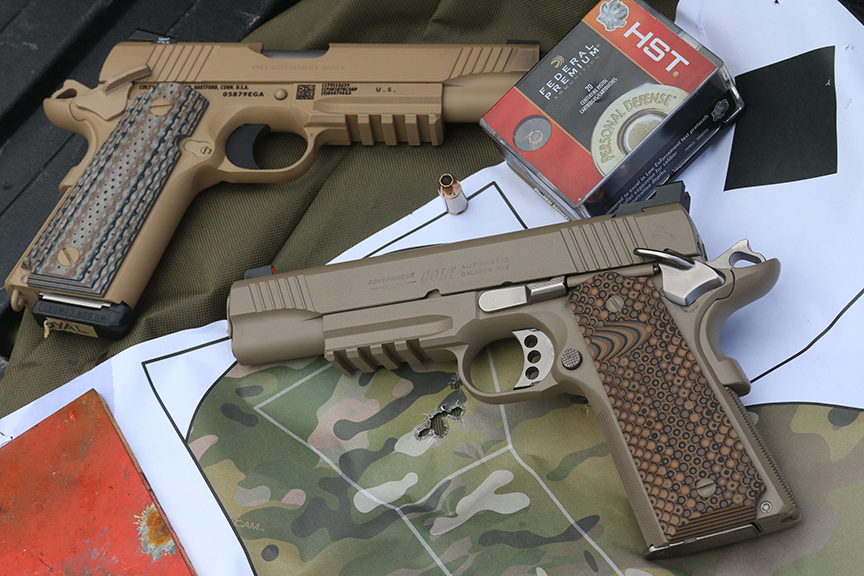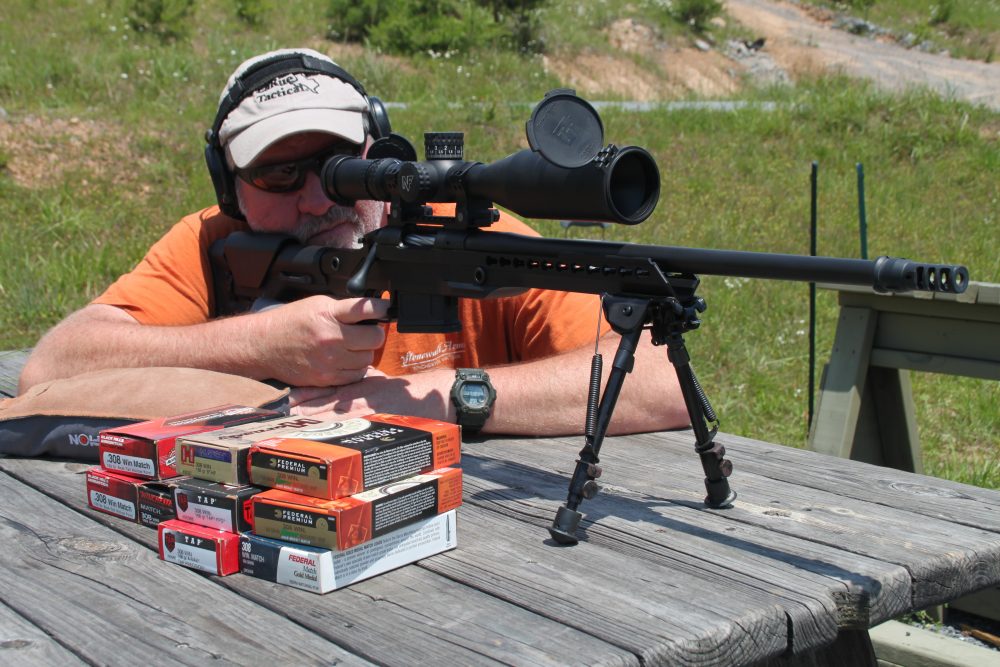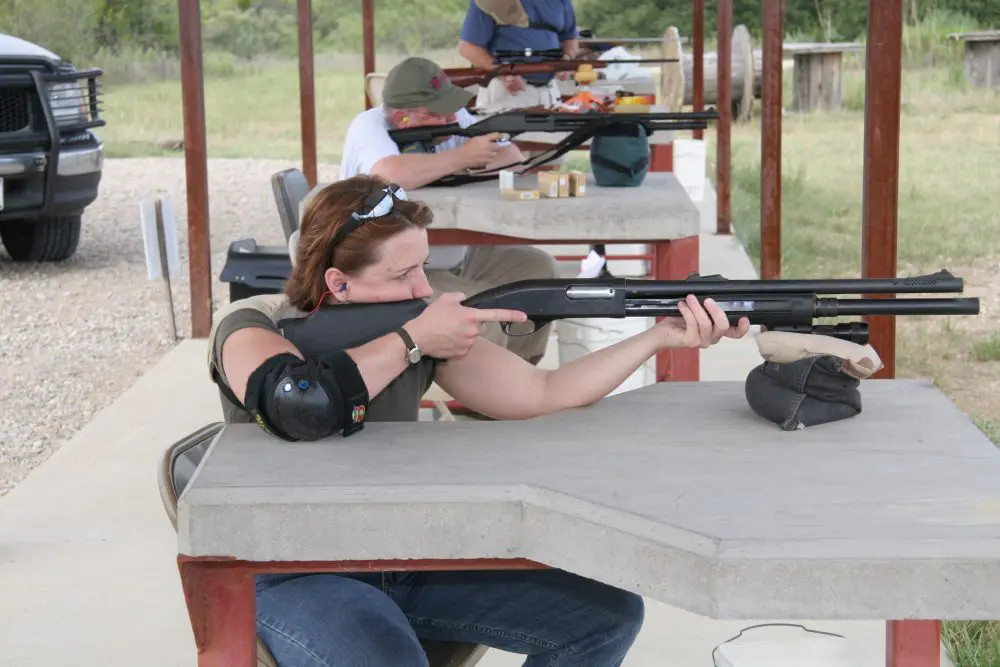“When we get to the end of the world as we know it, the last man standing on the slag heap will be a gray-haired guy with a Model 98 Mauser.” — Louis Awerbuck
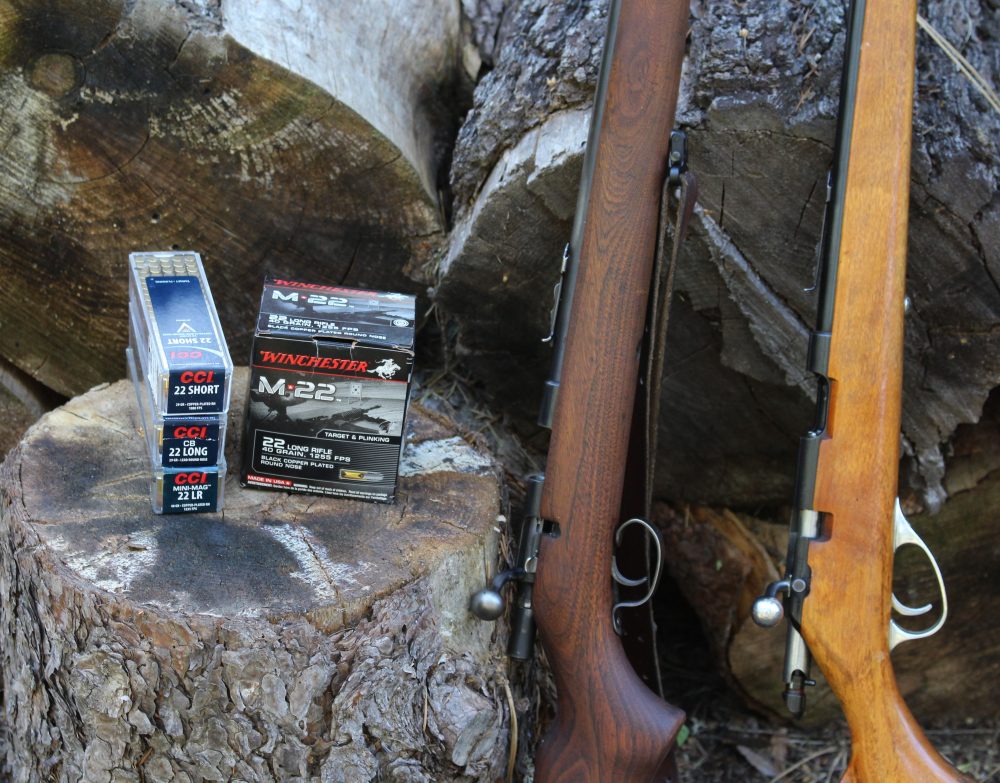
They are rugged, accurate, reliable, and affordable, and add a low-profile layer to your preparedness plans.
Table of Contents
PERFECT FOR PREPPERS
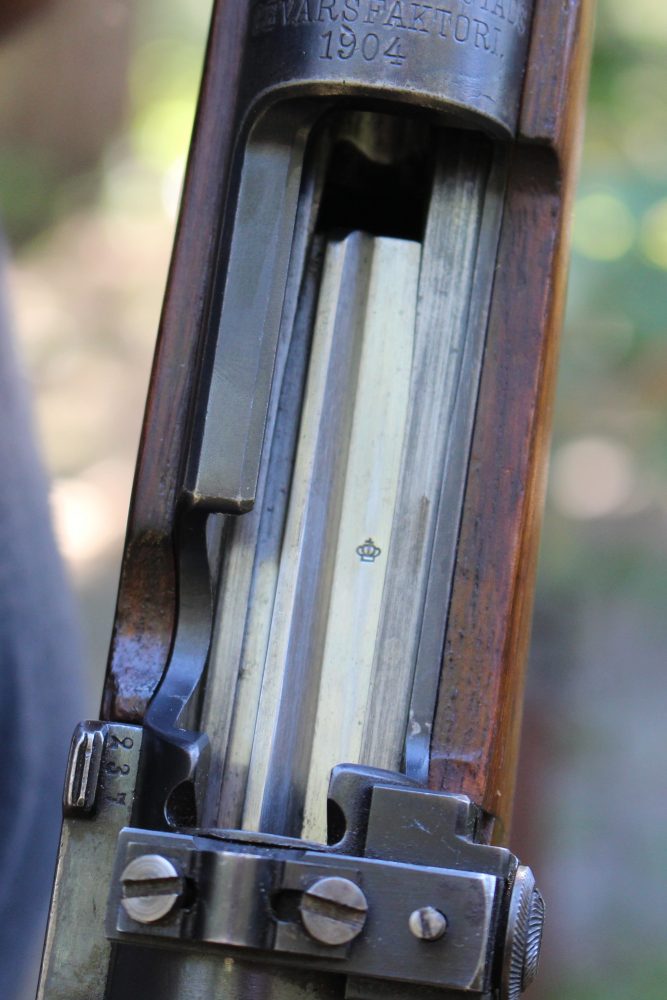
The Soviet of Washington is trying to require a license to own an AR and a license to own/possess all magazines over ten rounds, including the Ruger 10-22.
Unless you expect sustained combat operations against a zombie horde (relocate!), a couple of good bolt-action rifles may be all you need. A .22 and a .308 or .30-06 would allow you to hunt small and large game and defend the castle against the Northmen.
I own bolt-action rifles from .22 to .223 to .300 Winchester Magnum, and I’m confident to rely on two or three guns for most of my needs.
You’d probably be better off to remain with standard calibers, but calibers like 7mm Magnum are common in elk hunting areas of the West. If I were limited to two bolt-action rifles, I’d have a good .22 and a Remington Model 7 in .308.
When I started to consider this article, I was shocked to realize I didn’t have a bolt-action .22 anymore. I used to have several heirloom Winchester .22 rifles, but I gave them to nephews and nieces. I also had a Remington Model 540, a really nice rifle, but sold it years ago.
Fortunately, good used bolt guns, especially .22s, are readily available and inexpensive at local gun shows.
VINTAGE STORE-BRAND BOLT GUNS
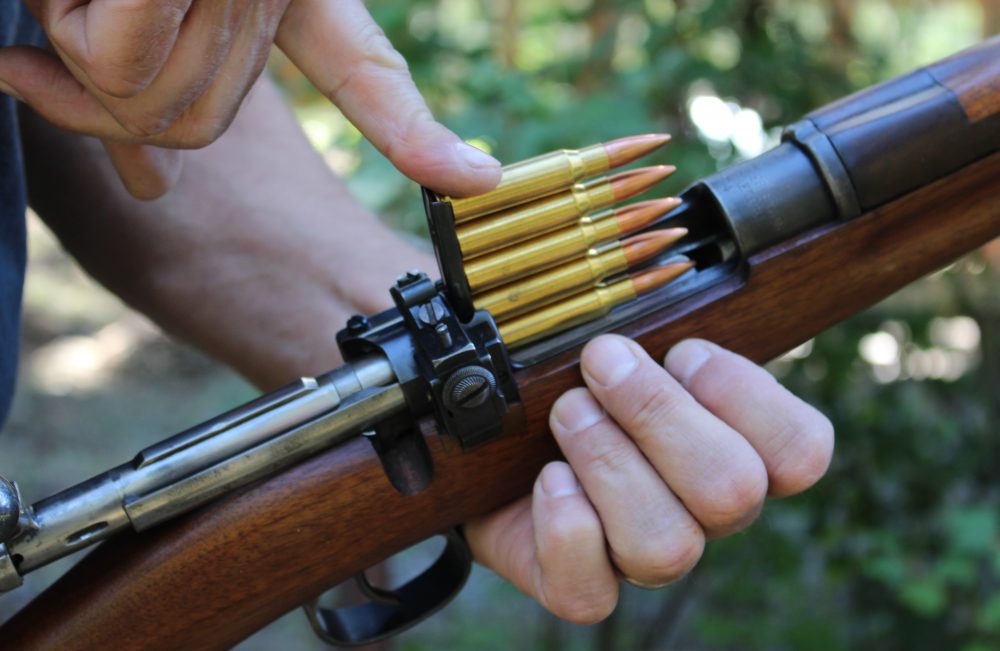
Many peace officers who requested a stolen check on some of these old guns received a “hit” because the numbers on the guns were actually catalog numbers, not serial numbers.
I recently bought a bolt-action .22 at an Idaho gun show for $100. The gun was marked Western Auto Supply but is actually a Marlin. The gun shows little use and feeds and shoots .22 CB caps, short, long, and long rifle ammunition. I left it with iron sights, and it is a tack driver.
I also found a beat-up Winchester Model 72A at a yard sale. The gun is way older than I am and had years of grease and gunk caked on. A couple hours’ time, solvent, sandpaper, and linseed oil and I had a nice functional and accurate .22 rifle.
On a side note, I specifically looked for rifles that shoot all the .22 rimfire loads: CB caps, .22 short, long, and long rifle. During the recent shortage, my local hardware store had shorts and longs in stock but no long rifle. I bought 100 rounds each of short and long.
I recently found two other gems.
MILITARY SURPLUS
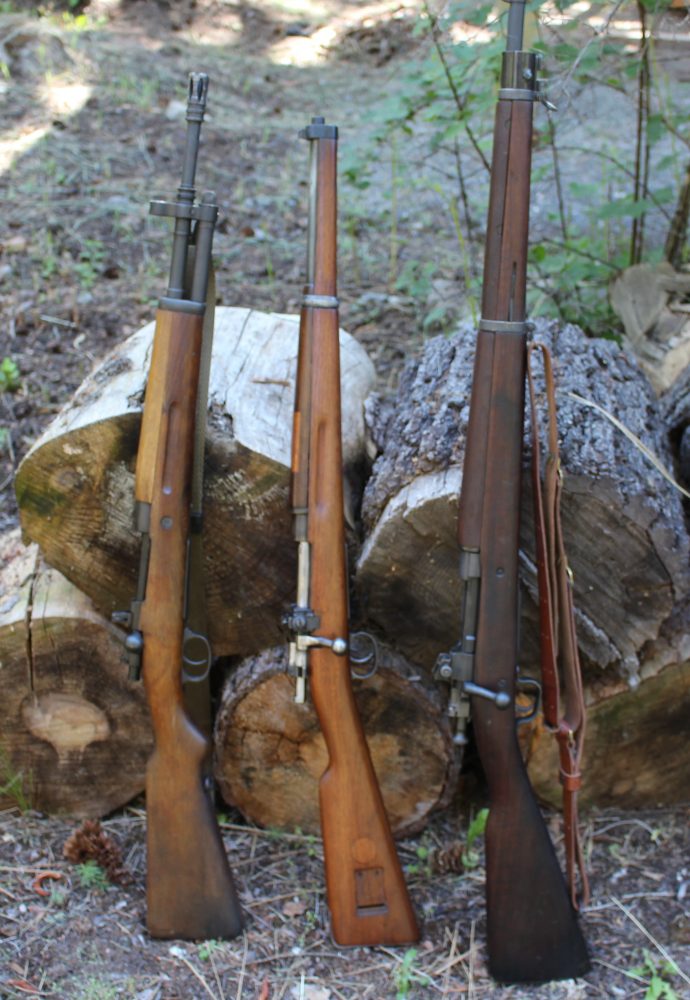
While not a sniper rifle, it holds three MOA with decent ammo. As a vehicle gun for an ATV or truck, it’s rugged and reliable. I spent $250.
The second gem was a Carl Gustav (Swedish) 6.5x55mm carbine. The short (17.5-inch barrel) carbine was issued to ski and cavalry troops and shows beautiful steel and machine work. The original leaf rear sight was removed, the hole in the stock nicely patched, and a Redfield rear aperture mounted.
Although fans of the 6.5 Swede will scream, I’m told I can re-chamber the gun in 7.62x51mm (.308). The original cartridge is one of the world’s best, but I like to keep my logistics simple—I have no 6.5 but lots of .308.
The conversion may or may not be feasible, depending on the metallurgy of a 1904 gun as it may not withstand the higher pressures the .308 generates. I paid $200 for the gun. If the conversion is possible, I’ll convert it. If not, I’ll start loading 6.5×55.
One advantage of military surplus rifles is the use of a stripper clip to load the magazine. A stripper clip is a simple steel device that holds five to ten rounds in place with a spring. I bought 24 .30-cal stripper clips at a gun show for $4.
These clips hold five rounds of .308 for the Spanish and Swedish Mausers, or five rounds of .30-06 for the Springfield described below. While speed-loading a bolt gun may not be necessary, it might, and carrying a few clips in a pocket is a good idea.
REMINGTON
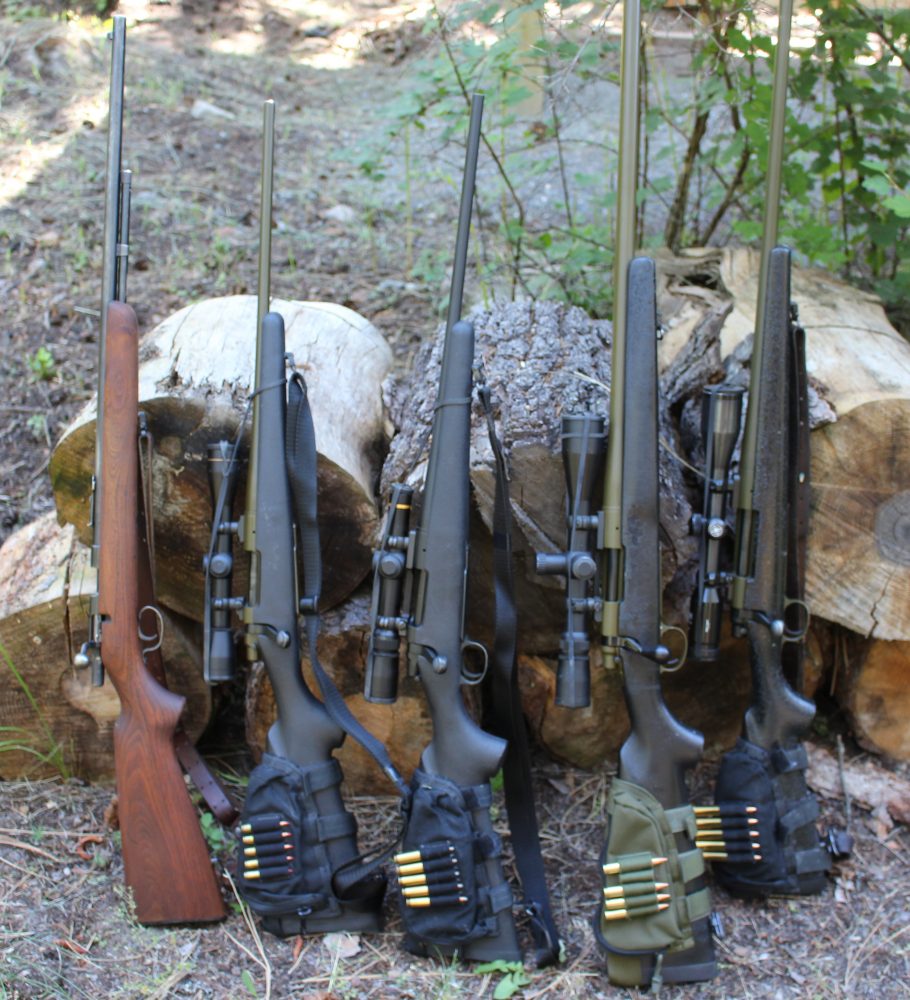
If I do my part, it shoots half-minute groups all day. I took it to Thunder Ranch recently, and a half hour with Heidi Smith got me solid DOPE to 700 yards—the gun still shoots sweet.
I don’t hunt anymore, but my M700 in .300 Win Mag is in the safe. I have lots of ammo and brass, and I may need to shoot a large critter again. It has a Birdsong finish and Kahles 6X scope, and I’ve shot lots of game with it.
The longest shot I ever took at an animal, 325 yards, was with this gun—I put one 180-grain Nosler behind the shoulder of a big bull elk. He took three steps and collapsed, so the gun is a keeper.
The Remington Model 7 is a great gun—compact, light, and accurate. I had three but sold the 7mm-08 because of the logistics thing. I still have, and will keep, a Model 7 in .223 and one in .308.
Both rifles are set up the same: W.E. Birdsong “Black-T” finish synthetic stocks, Eagle Industries cheek pad/ammo carrier, and Leupold glass. The .308 has a 1.5X5 variable and the .223 a fixed four-power.
The light contour 20-inch barrels are accurate and very portable. I shoot Black Hills 69-grain match in the .223 and Federal 165-grain tactical, or comparable handloads, in the .308.
OTHER NOTABLE BOLT GUNS
I have a couple of other bolt-action rifles that bear mentioning, both in .30-06. The ’06 is one of the world’s greatest and longest-lived cartridges. It will kill anything in North America, maybe in the world, and is readily available from every major ammo manufacturer.
Bullet weights run from 140 to 250 grains, so a handloader can tailor loads to anything he wants or needs. I bought 3,000 Nosler Partition 180-grain bullets a few years ago, so in a pinch I can use one bullet in .300 Blackout, .308, ’06, and .300 Win Mag.
The first rifle is a sporterized 1903 Springfield. My Dad bought it for $7 in 1946 and rebuilt it. It has killed a truckload of critters.
A few years ago, I cut and re-crowned the barrel, reblued it, refinished the stock, and replaced the old Weaver 4X scope with a Leupold 3X9. While it was apart, I replaced the GI trigger with a drop-in Timney Trigger that breaks cleanly. This rifle is rugged, accurate, and very reliable.
The second is a stock 03-A3 Springfield. As WWII approached, the Army realized the standard ’03 required too many milled parts, so they began using some stamped parts. They also replaced the rear ladder sight with an aperture, which I prefer.
I recently picked up a belt with stripper clip pouches and a bayonet. It’ll be off to Thunder Ranch next year for Clint’s military rifle class.
SHOPPERS’ GUIDE
Every major rifle manufacturer builds quality guns, in any caliber, finish, bolt type, and sights that you prefer. S.W.A.T. recently did a review of Scout rifles, and any one of them would be a good choice. You can get short, quick rifles to long-range precision; claw extractors if you like them better and chambered for .375 Ultra Mag if you’re into pain.
Browning, Winchester, Ruger, Mossberg, and Savage all make good guns. Lots of custom and semi-custom guns are out there, if you have the time, money, and need. I prefer a simple, rugged gun for all-around use.
I just finished a mid-range rifle class at Thunder Ranch. I shot an M700 .308 in a Magpul drop-in Hunter stock, magazine conversion kit, and Leupold glass.
On my first shot on Day Two, I hit steel at 700 yards. There’s no need to break the bank to get a common caliber that will do anything you need to do.
Prowl gun shops and gun shows, look for a manufacturer and caliber you like, and try one. Don’t sweat that it has dings, wear, doesn’t take a magazine, and isn’t black. If you do your part, it will do its part.
The common denominators with several of the guns are good glass and a simple operating system. Other than the .22s, I have two operating systems: the Mauser and the Remington (the ‘03 Springfield was a patent infringement on Mauser, so they work about the same).
I can run the guns well and as quickly as needed, especially the Remingtons. The scoped rifles also have good glass. Although there are many quality scope manufacturers, I generally stay with Leupold for the quality, warranty, and satisfaction with years of use.
I have no plans to dump all my black guns and go back 150 years in technology. But at minimal cost I can add a layer of protection that is effective, low-profile, and will do whatever I need to do.
The last election probably got us a reprieve from Draconian federal gun bans, but no one knows what will happen in four, eight, or 12 years.
In addition to reliability, caliber selection, and accuracy, another plus of a common, plain bolt-action rifle is that it isn’t a “bad” gun. It lacks all the features that make an “assault weapon,” so it isn’t viewed as dangerous or evil. Some bolt actions even have that old brown stuff called “wood” that makes them good looking, on top of all their other positive features.
Jeff Hall is a former soldier, retired Alaska State Trooper, and martial arts grandmaster. He can be reached at [email protected].
SOURCES:
BIRDSONG
(601) 939-7448
www.black-t.com
BLACK HILLS AMMUNITION
(605) 348-5150
www.black-hills.com
LEUPOLD & STEVENS, INC.
(503) 526-1400
www.leupold.com
REMINGTON ARMS COMPANY, INC.
(800) 243-9700
www.remington.com
THUNDER RANCH
(541) 947-5005
www.thunderranchinc.com
TIMNEY TRIGGERS
(866) 4TIMNEY
www.timneytriggers.com



